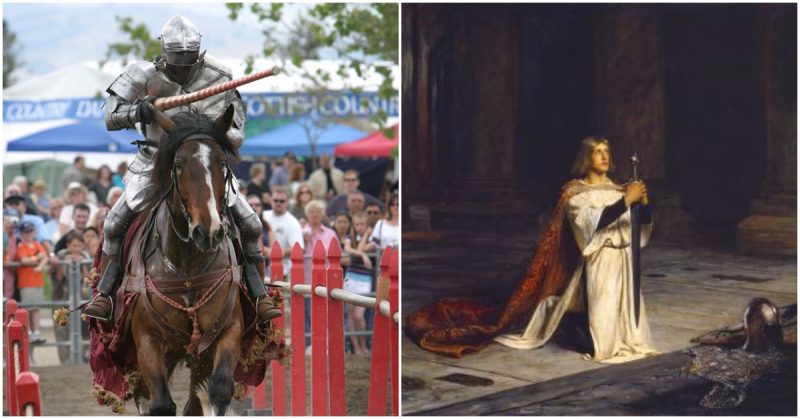In the Middle Ages, chivalry was more than just a name for polite behaviour. It was a set of rules meant to limit the actions of knights and noblemen, particularly in warfare.
But in an age of brutal violence, these rules were riddled with exceptions. They were honoured as much in the breaking as in the keeping.
Fight Only Just Wars
The concept that certain wars were fought for just causes, while others were injustices, was central to medieval thinking. The very act of war was seen as a means of establishing truth and justice. After all, God would favour the righteous.
Though the outcome of war was often used to explain who was right, a sense of right and wrong could determine which wars were acceptable. The church made clear distinctions about who was in the right, and good knights were meant to fight only on that side.
Inevitably, this fell apart in the face of politics. English kings condemned by Popes for making war on the French then turned around and accused these Popes of corruption, or of being led astray. Though the church called for righteous crusades, political invasions were far more common than campaigns with a moral motive.
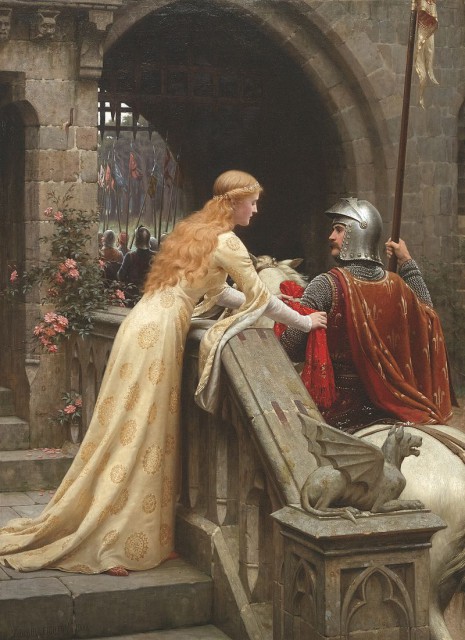
Be Obedient
The rules of chivalry were as much about enforcing the social and political hierarchy as they were about limiting violence. A good knight was obedient, fighting at his lord’s command.
But even in the wars considered most righteous by medieval standards, indiscipline was rife. At Al Mansourah in 1250, Count Robert of Artois led a charge by the Knights Templar, in direct contradiction of the orders they had been given. Their quest for glory badly backfired. Ambushed by Egyptian forces, Count Robert and many of his companions were killed. The Egyptian counter-offensive that followed undid the conquests the Seventh Crusade had been making.
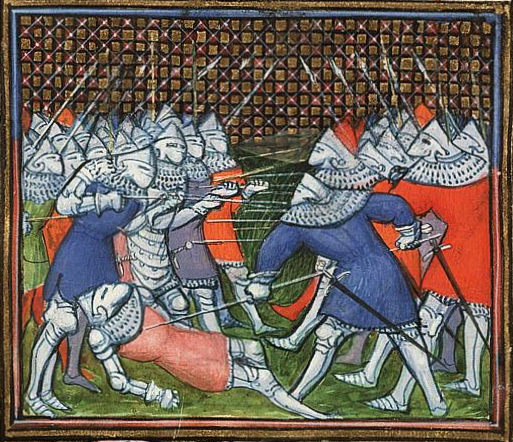
Worse still was the example of the Knights Templar at the Siege of Ascalon in 1153. When a breach was made in the town’s walls, Bernard of Tremblay led forty knights in to take the city, while their brother Templars prevented any other crusaders from coming through the gap. Again, a quest for glory led to over-ambition – Bernard and his companions were captured and killed.
Take Prisoners
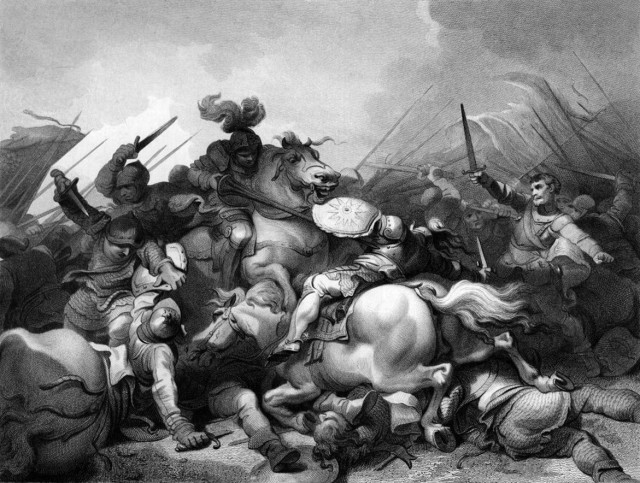
The rules of chivalry had mostly been created to protect aristocratic soldiers, and this showed in both the existence and the limitations of rules about taking prisoners.
The rules dictated that enemy men-at-arms should be allowed to surrender. Once captive, they were to be held prisoner safely until their friends and family could pay a ransom for their release. As a captive, it was the prisoner’s duty to cooperate with their jailers.
This rule was extremely limited, applying only to men-at-arms – the wealthy and heavily armoured elite that included knights, nobles and other better off members of society. Ordinary infantry, who made up the majority of nearly every army, had no protection under the rules, and could be killed with impunity.
Even with such a huge exception, the rules were broken many times. As in so many things, the armies of the Hundred Years’ War set the worst examples. When the French unfurled their Oriflamme banner at Crécy they were telling both their own side and the English opposing them that they had no intention of taking prisoners – rule breaking had been institutionalised by the French leadership. Decades later, Henry V ordered the massacre of French captives during the Battle of Agincourt, as he was worried that they would be released to fight against him.
More courageously, captives sometimes broke the rules. Sir Andrew Moray, a Scottish leader against Edward I’s invasion, made his name after escaping from English captivity.
Respect Religion
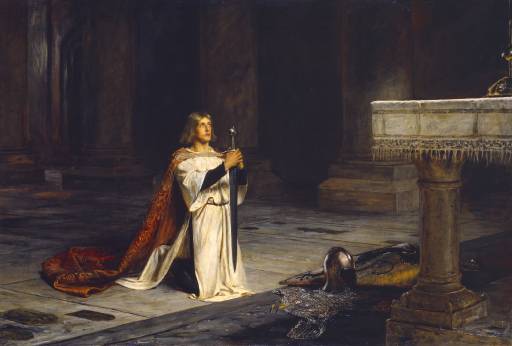
Priests, nuns and churches were all meant to be exempt from the horrors of war. Christianity, like chivalry, was an important pillar in maintaining the social order. Whether out of idealism or self-interest, the prominent men who made the rules of chivalry sought to protect it.
Respect for religion was limited to fellow Christians. Muslim clerics were massacred by crusaders, and their holy places were sacked following the fall of Jerusalem in 1099.
The treatment of dissenting Christian priests and holy places was equally brutal. When the Cathar town of Béziers was captured in 1209, the doors of the church of St Mary Magdalene were smashed open and those inside were dragged out and massacred. On being asked how to tell heretics from true Catholics among these captives, Abbot Arnaud-Amaury, the Cistercian abbot-commander and papal legate, reportedly said “Kill them all, the Lord will recognise His own.”
Even without the endorsement of the church, the most notable knights of the day often spilled blood on holy ground. Robert the Bruce, one of Scotland’s greatest national heroes, murdered his opponent John Comyn in Greyfriars Church in Dumfries in 1306. Only an uncertain outcome prevented this turning into a full blown graveyard battle between his followers and those of Comyn.
Spare Civilians
Most rules of war differentiate between combatants and civilians. Chivalry was no exception. A righteous knight was expected to spare non-combatants – with certain exceptions, of course.
The most important exception occurred when a town was besieged. Sieges were messy affairs, and attacking a castle or walled town often left many men dead. To avoid this, rules existed to encourage peaceful surrenders. If a town or castle gave in voluntarily then its inhabitants were meant to be spared from any violence. If it held out and was taken by force, then the attackers were free to kill and pillage. Such looting was common when English armies took towns during the Hundred Years’ War, though there were also peaceful surrenders, as at Harfleur in 1415, showing that these rules were obeyed.
But those same English armies were among the most notorious of the time for their treatment of civilians. They specialised in the chevauchée, a form of armed raid in which the land was pillaged, goods stolen and civilian property destroyed. Long before the devastating bombing raids of World War Two, total war devastated civilian populations.
